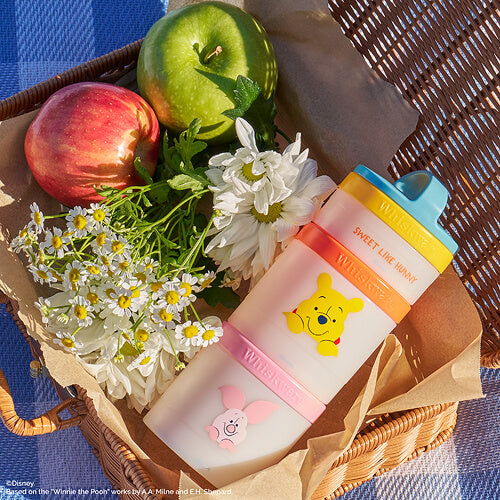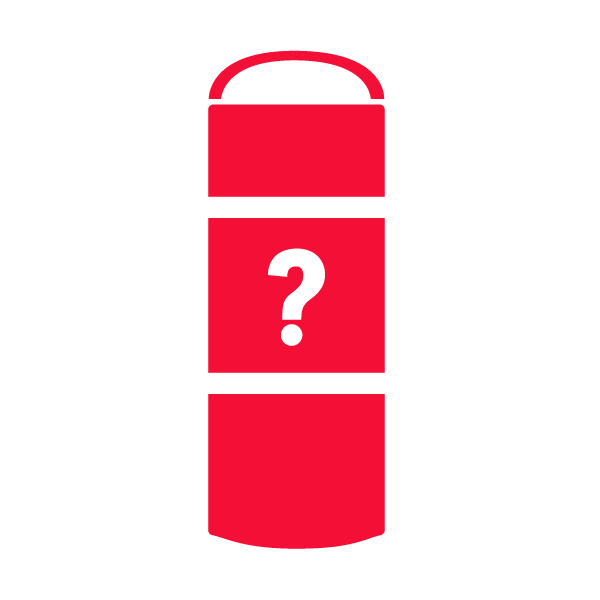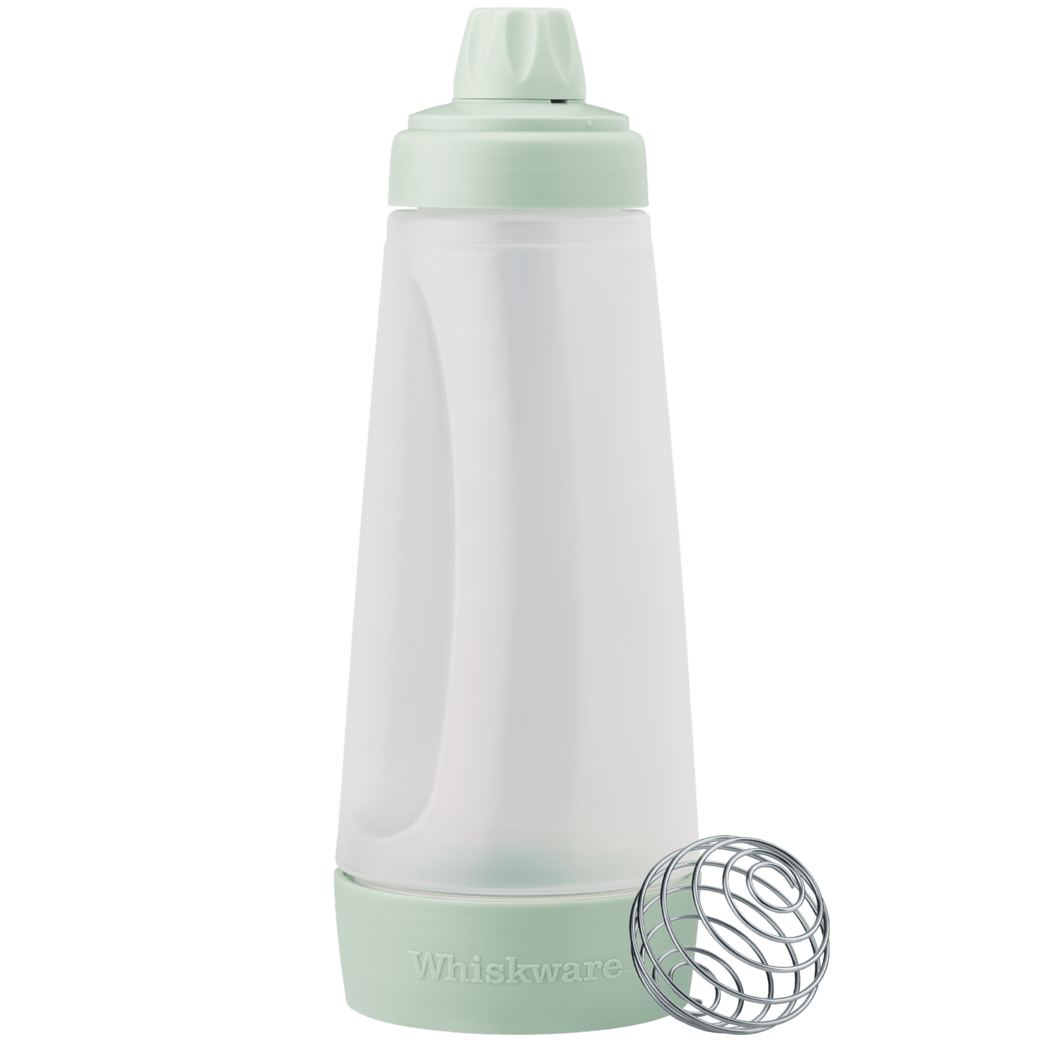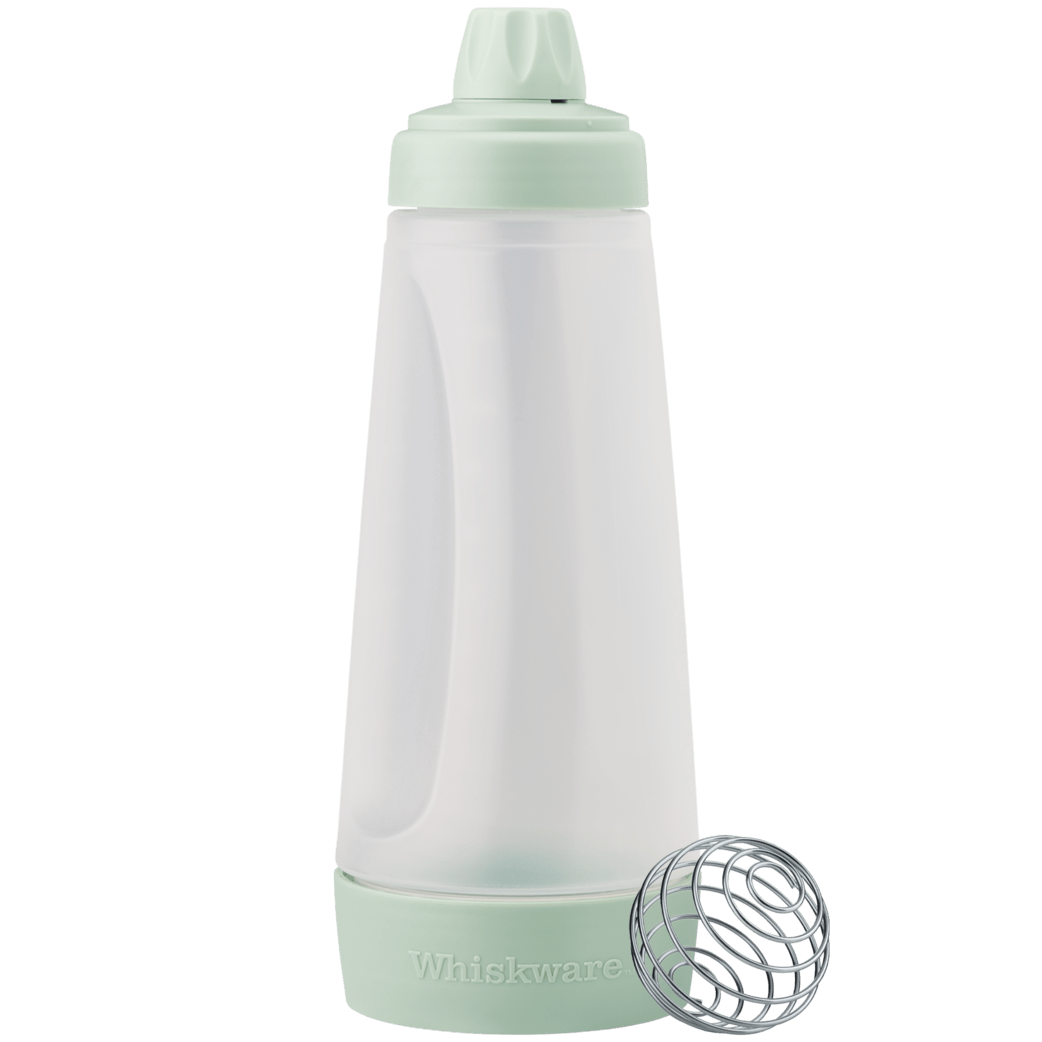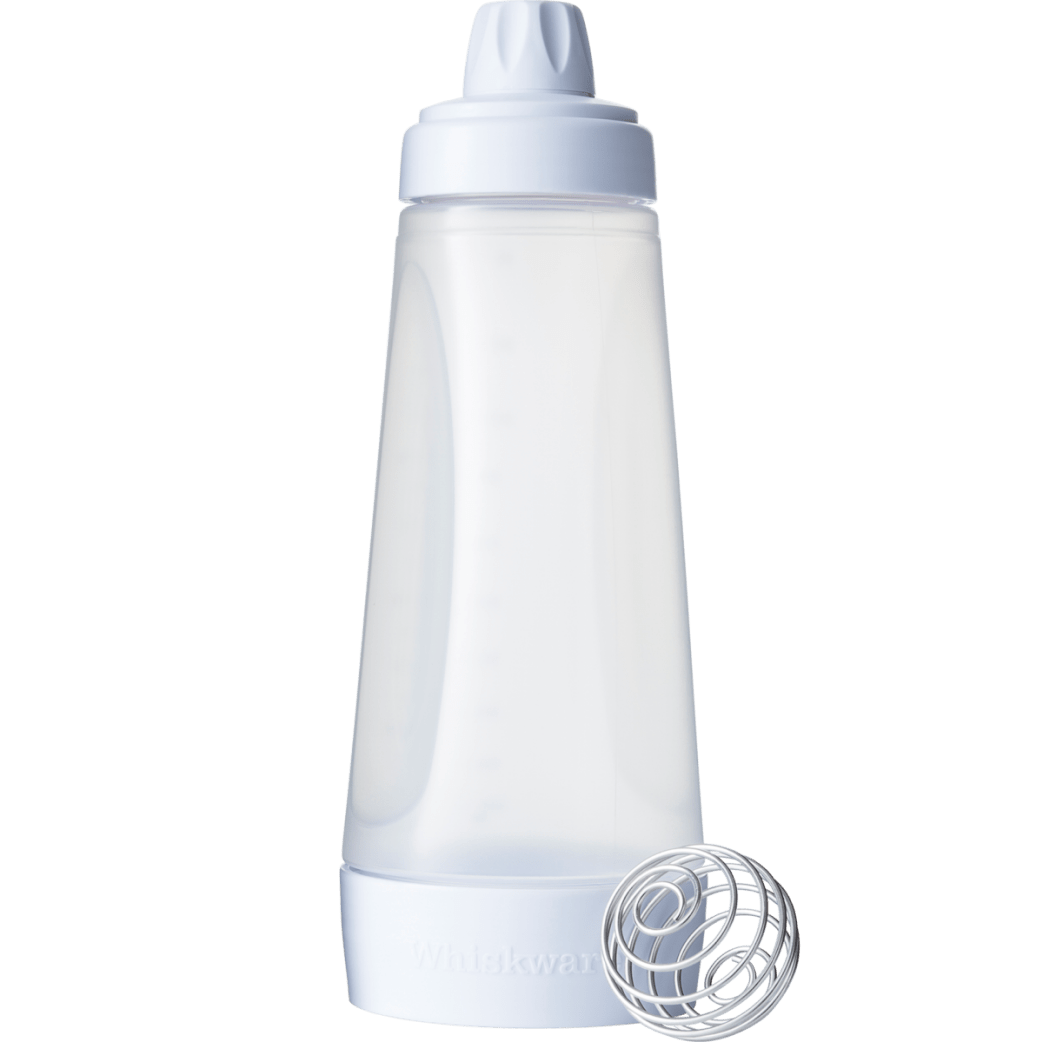Using Snack Cups to Curb Mindless Eating

Do you spend most of your day snacking without even realizing it? Then keep reading for some helpful and healthy tips!
Sometimes having a snack can feel like a magic trick: one moment you have a big bowl of salty, crunchy deliciousness in front of you and the next, it’s gone. Your tasty diversion didn't vanish into thin air—you were engaging in mindless eating, which can lead to a host of negative health side effects if left unchecked.
Snacking should be an enjoyable part of your day. However, eating mindlessly (regardless of hunger levels), is a learned habit. The good news is it’s possible to be a healthier snacker with the right know-how and tools. We've created this guide to help you kick your unhealthy snacking habits to the curb without denying your cravings.
Understand Labels
You’ve probably noticed the nutritional label on the back of a food package before, but where most people go directly to the calorie count, a healthy snacker looks for the recommended portion size.
That number can sometimes be harder to spot, and it isn't always intuitive. Usually, above the calories, you'll find information about the number of servings in your container and the approximate size of each serving. The serving size represents the amount of your snack you're expected to eat in one sitting—and it's rarely the entire box or bag.
Plus, every person's ideal daily caloric intake differs. On average, dieticians tend to put an adult's daily calorie budget at about 2000 calories each day. If you consume 800 - 1000 calories in snacks, plus meals, you're taking in more energy than your body needs.
More importantly, not all calories are equally beneficial. If you fill up on empty carbohydrates, you're depriving yourself of essential vitamins and nutrients which can affect the way you feel.
Notice How You Feel
When you're enjoying a sweet or salty snack, your brain releases hormones called endorphins which are associated with pleasure. Consciously or subconsciously, our brains crave this sensation. When you have the whole bag, box, or bowl in front of you, you'll want to continue eating to keep those positive feelings flowing.
How might your behavior change if you had a smaller serving of the same snack in front of you? Many impulse snackers curb their habits by using cups or containers to divide their snacks into smaller portions. This allows them to stop, assess their current hunger level, and decide if they're satisfied.
Plan For Success
The best key to transforming your mindless snacking habits is planning ahead. It can be helpful to use a small kitchen scale to measure your serving sizes accurately and then divide each serving into a small container so you grab that (not the whole box or bag) when you're ready to enjoy a snack.
High-calorie foods often have smaller serving sizes than lower-calorie foods. For example, 100 calories of milk chocolate is a serving of about one tablespoon, but 100 calories worth of blueberries is 1 1/4 cups. If you want to give in to both your hunger and sweet cravings, prepare a serving of both. You'll gain nutrition from the blueberries and satisfy your brain with the chocolate. By planning for success, you're less likely to eat all your chocolate or reach for a second high-calorie snack when hunger strikes again.
Take Your Snacks To-Go
If you spend your days outside your home, you're probably familiar with the 3:00 PM slump: you've been awake for hours, your energy is dropping, and you're inclined to search for something to nibble on to keep you awake. This is when many poor snacking decisions happen as serial snackers find themselves in front of the vending machine or foraging in the break room or cafeteria.
You can plan ahead by packing portion-controlled snacks to graze on throughout the day. The three-tiered structure of Whiskware snack cups makes it easy to reward your brain and body with a few appropriately sized snacks. Include something sweet, something salty, and something nutritionally dense to keep you going without succumbing to the munchies.
Respect Your Cravings and Your Body
When you become conscious of your dietary choices, it can be easy to assign moral value to food. Food is not inherently "good" or "bad." Your body needs fat and carbohydrates in addition to proteins and vegetables to function properly.
Likewise, judging yourself for craving your favorite snacks can be easy. This can lead to ignoring your cravings, leading to hyper fixation and, ultimately, binge-eating behavior. If you eat 1000 calories of crackers because you're trying to resist a brownie, you aren't any better off. Instead, care for your body by eating a small piece of that brownie or a reasonable serving of any favorite food.
A tool like snack cups can help remind you to choose your snacks and portions mindfully. Preparing snacks in advance makes it easier to make the right choice for your body. When you know you have a smaller quantity, you're more likely to pay attention to every delicious bite and enjoy your favorite treats again.
Curb Mindless Eating With Whiskware
Snack containers are one simple, affordable tool you can use to become more mindful about your intake. It's never too late to form a healthy habit and feel better about your relationship with food.
Whiskware snack containers are the perfect tools to add to your arsenal as you fight the mindless munchies. They come in a range of designs and colors that will put the fun back into changing your snacking behavior. Browse our collection to find the set of containers that will launch you into healthier habits this new year.


